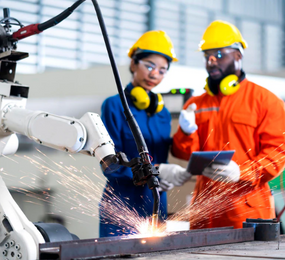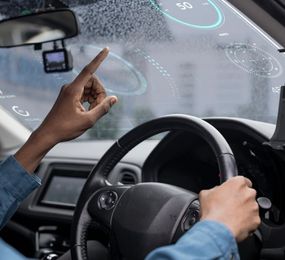The automotive industry is in a constant state of flux, driven by rapid technological advancements. As vehicles become more complex and increasingly connected, ensuring their safety is paramount. Functional safety, the discipline dedicated to minimizing risks arising from malfunctions, is continuously evolving to meet these new challenges. This article explores some of the key advancements shaping the future of automotive functional safety.
1. Artificial Intelligence and Machine Learning Integration
AI and machine learning are revolutionizing numerous aspects of the automotive industry, and functional safety is no exception. AI-powered tools are being developed to automate tasks like hazard analysis, fault detection, and test case generation, leading to increased efficiency and improved coverage. Machine learning algorithms can also analyze vast amounts of data to identify patterns and predict potential failures, enabling proactive maintenance.
2. Enhanced Simulation and Virtual Testing
Simulation technologies are becoming increasingly sophisticated, allowing engineers to create highly realistic virtual environments for testing and validating automotive systems. This enables the evaluation of system behavior under various conditions, including edge cases and hazardous scenarios, without the risks associated with real-world testing. Hardware-in-the-loop (HIL) and software-in-the-loop (SIL) testing are also becoming more refined.
3. Cybersecurity Integration with Functional Safety
With the rise of connected vehicles, cybersecurity has become inextricably linked to functional safety. Cyberattacks can potentially compromise safety-critical systems, making it crucial to integrate cybersecurity measures into functional safety processes. Standards like ISO/SAE 21434 provide a framework for managing cybersecurity risks in automotive systems.
4. Focus on Software Safety
Software plays an increasingly dominant role in modern vehicles, controlling everything from engine management to advanced driver-assistance systems (ADAS). As software complexity grows, ensuring its safety becomes paramount. Advancements in software testing, formal verification, and static analysis are crucial for enhancing software safety.
5. Standard Evolution and Adaptation
Standards like ISO 26262 are continuously evolving to address the latest technological advancements and challenges. Regular updates and revisions reflect the industry's commitment to staying ahead of the curve in functional safety. Furthermore, the development of new standards specific to areas like autonomous driving is underway.
6. Model-Based Systems Engineering (MBSE)
MBSE is gaining widespread adoption as a valuable methodology for designing and analyzing complex automotive systems. By creating virtual models, engineers can simulate and test system behavior early in the development process, improving efficiency and reducing the risk of errors.
7. Human Factors and Ergonomics
As vehicles become more automated, the interaction between humans and machines becomes increasingly critical. Research in human factors and ergonomics is crucial for designing intuitive and safe interfaces that minimize the risk of human error.
8. Over-the-Air (OTA) Updates and Functional Safety
OTA updates offer convenience and flexibility, but they also introduce new challenges for functional safety. Ensuring the safety and integrity of software updates is crucial to prevent unintended consequences. New strategies and processes are being developed to address the functional safety implications of OTA updates.
The field of automotive functional safety is constantly evolving, driven by technological progress and the increasing complexity of modern vehicles. These advancements are crucial for ensuring the safety and reliability of next-generation vehicles, paving the way for a safer and more connected future.
Register today to secure your spot, please check here: https://bit.ly/3QhdZkK
For more information and group participation, contact us: [email protected]
















